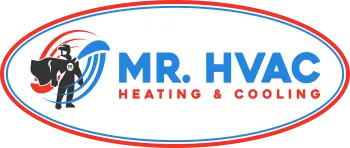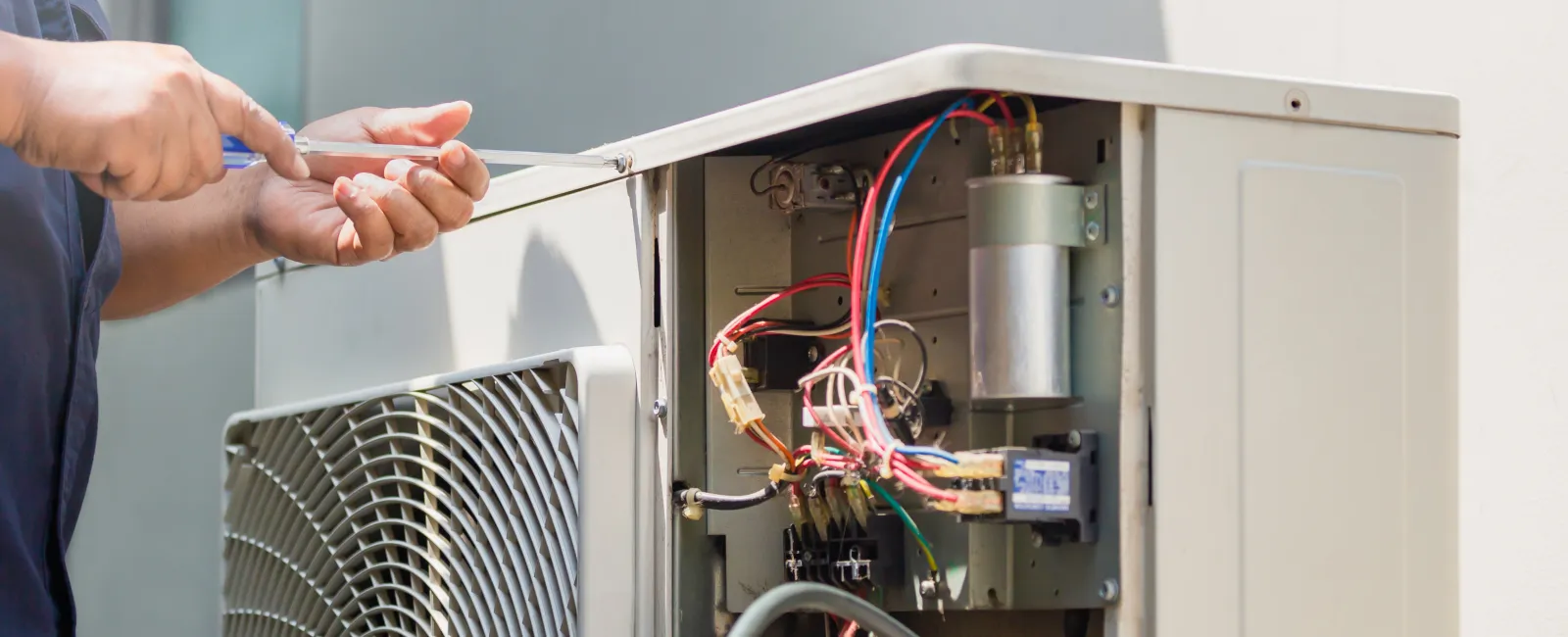Carbon monoxide (CO) is a silent, odorless, and deadly gas that poses a significant risk to homeowners. With the summer heat in Woodstock, Georgia, many residents rely heavily on air conditioning systems. This reliance raises an important question: can air conditioners produce carbon monoxide?
While air conditioners themselves do not generate CO, certain conditions within your HVAC system can lead to CO exposure. Understanding these risks is crucial for ensuring the safety of your home and family.
Understanding Carbon Monoxide
Carbon monoxide is a colorless, odorless gas produced by the incomplete combustion of fossil fuels such as natural gas, propane, oil, wood, and coal. Common household sources include gas-powered furnaces, water heaters, stoves, fireplaces, and vehicles. CO binds with hemoglobin in the blood, preventing oxygen from reaching vital organs, which can lead to serious health issues or death.
Do Air Conditioners Produce Carbon Monoxide?
No, air conditioners do not produce carbon monoxide. Most air conditioning units operate using electricity and do not involve combustion processes that generate CO. Therefore, the AC unit itself is not a source of carbon monoxide in your home.
How HVAC Systems Can Circulate Carbon Monoxide
While air conditioners don't produce CO, your HVAC system can inadvertently circulate carbon monoxide throughout your home if there is a leak from another source. For example, if a gas-powered furnace or water heater develops a CO leak, and your HVAC ductwork has gaps or cracks, the system can distribute the contaminated air to various rooms. This scenario underscores the importance of regular maintenance and inspections of all components of your HVAC system.
Common Sources of Carbon Monoxide in Homes
-
Gas Furnaces: Cracked heat exchangers or improper ventilation can lead to CO leaks.
-
Water Heaters: Malfunctioning gas water heaters can emit CO if not properly vented.
-
Fireplaces and Wood Stoves: Blocked chimneys or flues can cause CO to enter living spaces.
-
Gas Stoves and Ovens: Using these appliances without proper ventilation can increase CO levels.
-
Attached Garages: Running vehicles or gas-powered tools in attached garages can lead to CO seeping into the home.
Symptoms of Carbon Monoxide Poisoning
Early symptoms of CO poisoning can mimic the flu and include:
-
Headache
-
Dizziness
-
Nausea
-
Shortness of breath
-
Confusion
-
Loss of consciousness
If multiple household members experience these symptoms simultaneously, especially in the absence of a fever, it could indicate CO exposure.
Preventing Carbon Monoxide Exposure
-
Install CO Detectors: Place carbon monoxide detectors near sleeping areas and on every level of your home. Test them monthly and replace batteries as needed.
-
Regular Maintenance: Schedule annual inspections for all fuel-burning appliances and your HVAC system to ensure they are functioning correctly.
-
Proper Ventilation: Ensure that all appliances are adequately vented to the outside and that vents are not blocked.
-
Seal Ductwork: Inspect and seal any leaks in your HVAC ductwork to prevent the spread of CO.
-
Safe Practices: Never use generators, grills, or other fuel-burning devices indoors or in enclosed spaces like garages.
The Importance of Professional HVAC Inspections
Regular professional inspections of your HVAC system are vital. Technicians can identify potential issues such as cracked heat exchangers, blocked vents, or ductwork leaks that could lead to CO exposure. In Woodstock, our local HVAC professionals are familiar with the specific needs and regulations of the area, ensuring your system operates safely and efficiently.
Conclusion
While air conditioners themselves do not produce carbon monoxide, your home's HVAC system can inadvertently circulate CO if there are leaks from other sources. Understanding the potential risks and taking proactive measures—such as installing CO detectors, scheduling regular maintenance, and ensuring proper ventilation—can protect your household from this invisible threat. Stay informed and vigilant to ensure a safe and comfortable home environment

